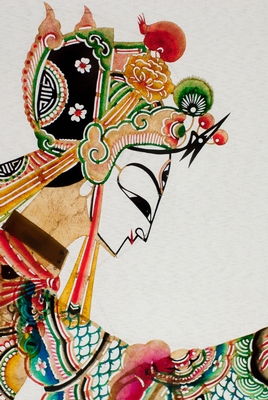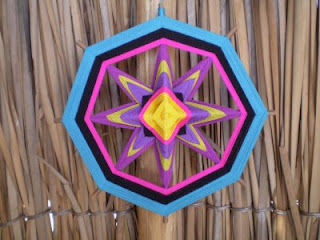Eye Symbolism in Spiritual Traditions
- BY Lainie Petersen
- IN Fashion
Eyes have significance in many world religions as well as folk magic traditions. The powers attributed to the eyes in world religions ranges from the ability to ordinary people to use their eyes to curse others to the development of a “third eye” that provides those with significant spiritual discipline the ability to intuit that which cannot always be physically seen.

The Evil Eye: Many religious traditions consider envy to be a sin in light of its ability to corrupt both individual and community relationships. Recognizing this power, some cultures developed the idea of the “evil eye,” an inadvertent hex cast by an envious person upon another. The evil eye has ruinous effects for its victims. One scholar, Alan Dundes, argues that the evil eye traditionally had the peculiar effect of “drying up” or elimination of precious resources such as body moisture (in the form of causing sickness in babies or the inability of nursing mothers to milk) or water for the fields (causing crop failure).

Descriptions of the exact mechanism of the evil eye vary by culture, but often incorporate a verbal compliment made by an envious person to the victim. A common example would be a stranger who envies another person’s pretty, healthy baby and compliments the baby. The envious person who gives the compliment, often unwittingly, casts the evil eye on the baby, resulting in the baby’s illness or death.
(Interestingly enough, many understandings of the evil eye make it clear that the person who casts the evil eye isn’t always malicious. Instead, his or her envy takes on a life of its own, causing havoc for the object of envy, despite the lack of ill-intent on the part of the person who casts the evil eye.)
Third Eye: In Hinduism, the Anja chakra is said to be the “third eye,” connected to intuition. In some Eastern religions, chakras (literally “wheels”) are centers in the body through which energy can be exchanged. Many people in South and Southeast Asia wear what is known as a “bindi,” a marking on the head that covers the third eye. Traditional bindhis are red and are painted on the forehead in a perfect circle. In modern times, bindis may be made from self-adhesive pieces of fabric and worn more as a fashion statement than as a religious observance.

(In the United States, many mall stores that specialize in fashion accessories sell bindis in a variety of designs and colors.)
Ojo de Dios or “God’s Eye”: Back when I was a kid, no self-respecting Sunday school teacher or camp counselor would let a season or school year go by without having the kids make a “God’s Eye” weaving. They were simple enough to make: Two Popsicle sticks glued together in a cross formation provided the frame for yarns. We would concentrate one color in the center and then, depending on our skill and the availability of yarn, weave one or more additional colors around the center “eye.” This object was supposedly of Native American origin (a big thing back in the 1970s) and signified that God was watching us all the time.
Image Courtesy of Ojos De Dios
(Cultural-appropriation a-go-go!)
While our crafts did indeed originate with the indiginous people of the Americas, these weavings have far more significance than our teachers and counselors communicated to us during arts-and-crafts periods. Huichol Indians traditionally create a “Sikuli,” a four-pointed yarn weaving, for each child when he or she is born, adding additional yarn each year until the child turns five . The craft of yarn weaving (or yarn painting) attracts significant attention from people of other cultures, however, so some Huichol Indians do produce yarn art for tourists and collectors that resemble traditional Sikuli.
